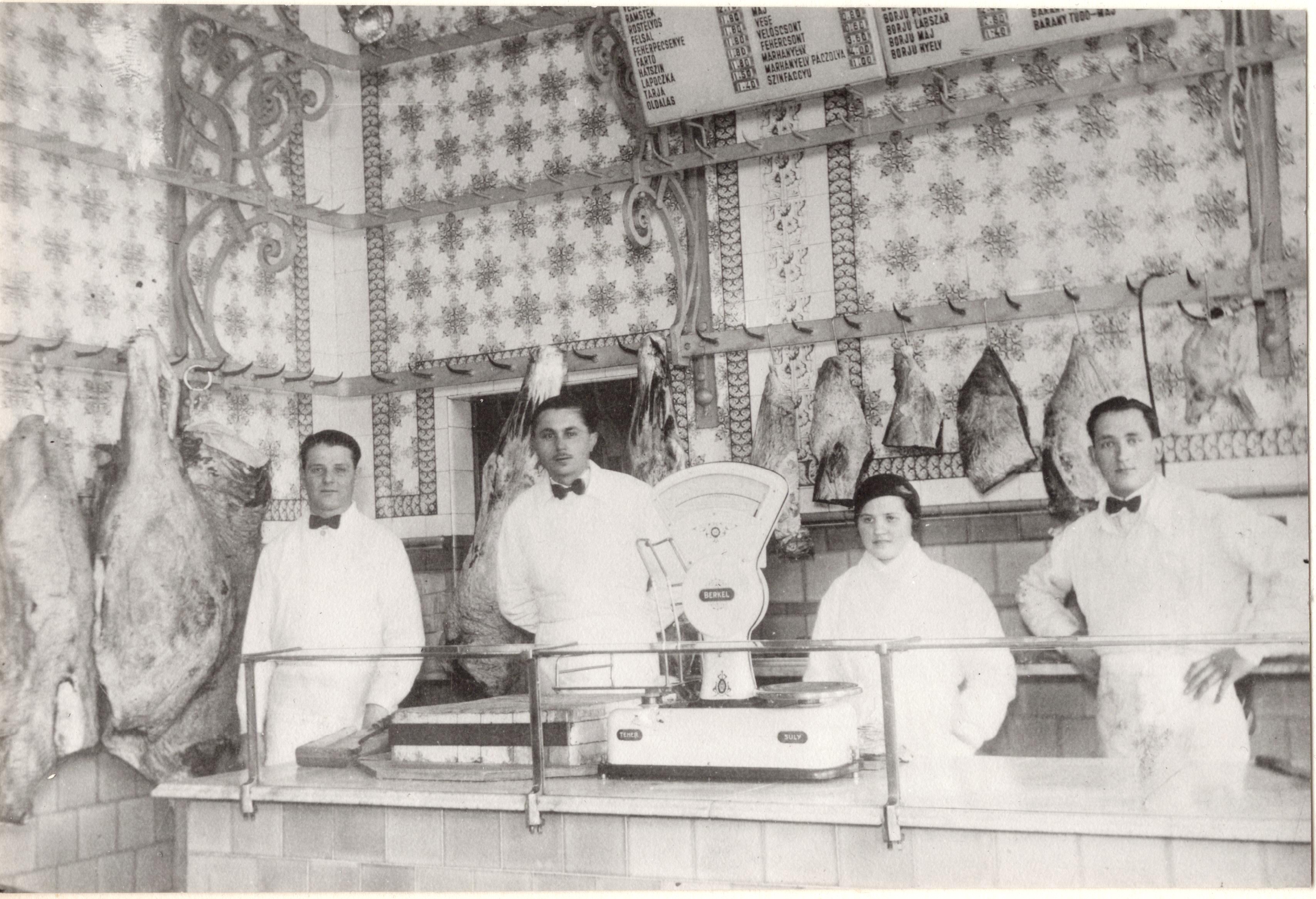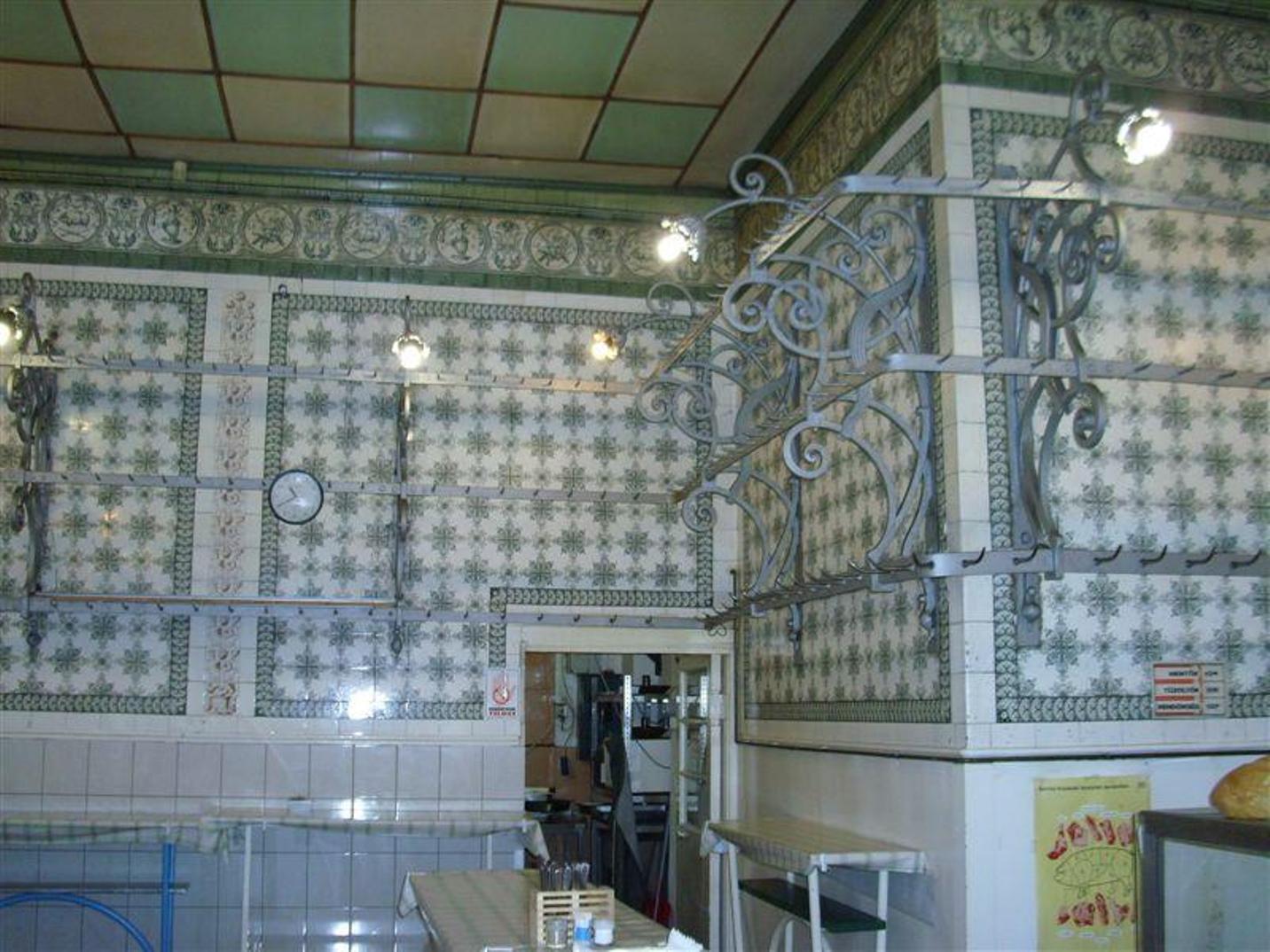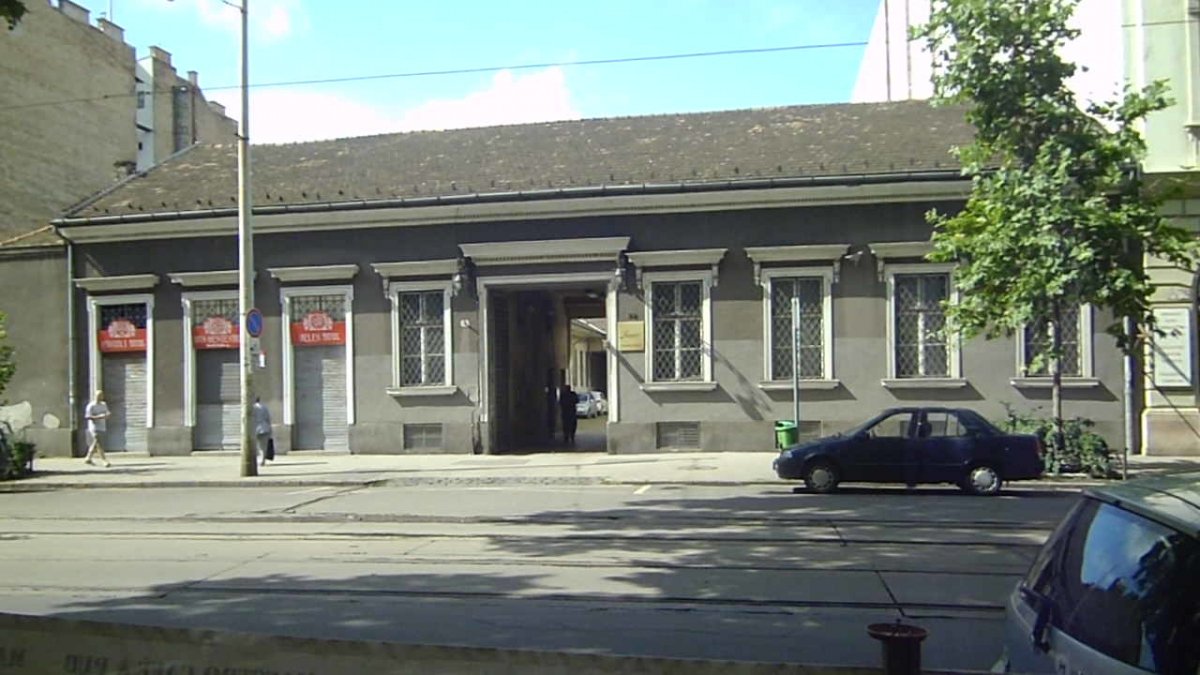The last customers were served in the unique location on 31 December 2020. The tenants have moved the shop to a new location. Demolition of the old factory buildings around the small shop began at the end of 2019. Many expected that the small building would soon follow. However, as the house was listed as a historical monument in 2001, its fate remains uncertain. Some claim it will be torn down and replaced with a modern residential building. On the other hand, the former tenants claim that the developer plans to renovate and keep the structure.
Hopefully, the latter plans will be realised, as the butcher's shop was not only one of the oldest in Budapest but one of the most beautiful, as it maintained much of its century-old decorations and accessories.
Ferenc Brauch, one of the most influential slaughterhouse operators and meat distributors in Budapest, bought the plot at 29–31 Mester Street at the beginning of 1903. He used the area as the headquarters of his sausage and salami factory. At the time, Mester Street was not only one of the most quickly developing areas of the city but close to the slaughterhouses in Ferencváros (beef, pork and horse) and the Central Market Hall. This made it the perfect location for a factory and shop dealing in meats.

The butcher's shop on Mester Street in 1935
The shop opened on 4 October 1903. The opening ceremony was more tasteful than grand, as about two thousand guests had the chance to sample the sausages and salamis produced in the factory.
The company grew quickly. The factory was not only equipped to produce meat products but sustain live animals and handle their slaughter. At its peak, the factory employed over one hundred people. Ferenc Brauch held important posts in various organizations. In 1932 the Minister of Agriculture appointed him as a member of the National Veterinary Council as a representative of the Budapest Chamber of Commerce and Industry.

The shop in 2015
His career and successful business were brought to an end by the nationalisation that followed World War II. The family was deported, the factory was first used by the Üzemélelmezési Vállalat ('factory catering corporation'), which was Gyermekélelmezési Vállalat ('children feeding corporation'). The shop, decorated with beautiful Zsolnay tiles, survived, almost uniquely not falling victim to the frequent meaningless destruction of the era. Hopefully, the building will continue to survive and teach us all about Budapest's history for years to come.
Cover photo: The butcher shop on Mester Street








Hozzászólások
Log in or register to comment!
Login Registration